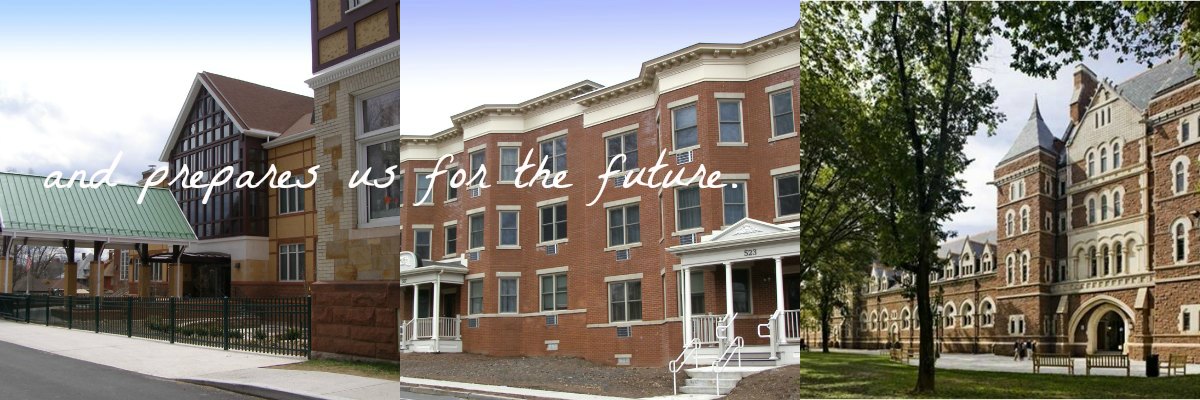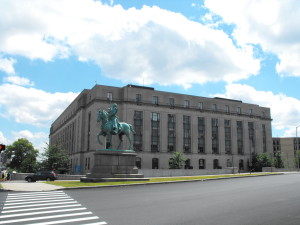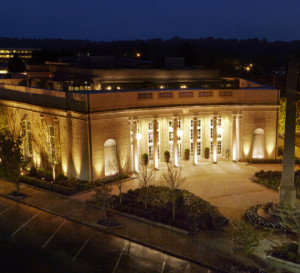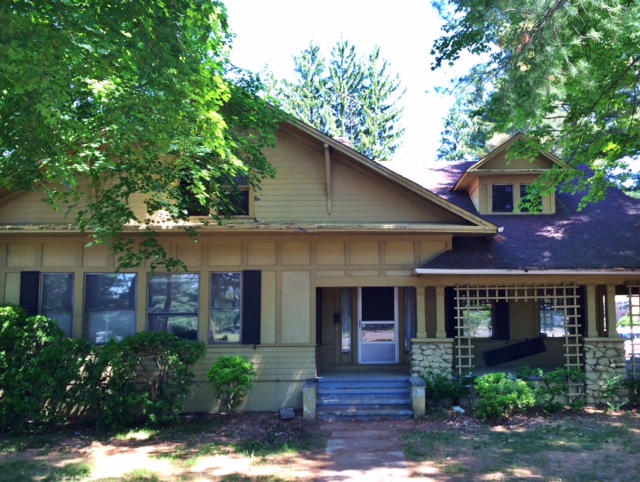 Of late I have reported about the effort to create a Comprehensive Community Action Plan for a six-block stretch of Farmington Avenue between Sigourney and Woodland Streets. A situational analysis was presented September 21 to a diverse and dedicated group. We asked that people interested in creating of action steps, a timeline and key goals would gather as a task force. Happy to say that the first meeting was held yesterday at the Hartford Preservation Alliance.
Of late I have reported about the effort to create a Comprehensive Community Action Plan for a six-block stretch of Farmington Avenue between Sigourney and Woodland Streets. A situational analysis was presented September 21 to a diverse and dedicated group. We asked that people interested in creating of action steps, a timeline and key goals would gather as a task force. Happy to say that the first meeting was held yesterday at the Hartford Preservation Alliance.
The promise to those participating is a crisp set of meetings, one hour in length. Utilizing the Framework For Action as a road map, we plan to present research articles, information and other material to inform a discussion on what are to be the established priorities. Throughout the conversations our number one priority will be to develop a capacity to carry on with the work. In Indianapolis, where I have participated in profound community economic development, these activities typically fall to community development corporations. These geographically specific organizations wake each day with community as the focus. Due to the exceptional historic fabric of Farmington Avenue the Preservation Alliance will accept the responsibility to move the action plan forward.
We presented two items to provoke discussion. First was The Harwood Study, underwritten by The Hartford in 2013. This study helps to outline what can and should be done to improve the Hill, along with understanding the perceptions and realities facing Asylum Hill.
Secondly, our CCSU intern Jake Fusco gave a presentation about the Greenbridge Project, a program initiated by the Brooklyn Botanical Garden that offers a fairly simple solution to “softening” an urban streetscape with vegetables, plants and flowers. And as hoped, those gathered had questions and comments immediately (ex. if planning to green up the area, it requires a structured community commitment to the project by engaged building owners and residents).
As had been anticipated, yesterday’s gathering was lively. It is exciting to get creative, thoughtful people together in a room and let the conversation unfold.
Going forward we will continue to broadcast our progress and the steps being taken in creating and executing an action plan for this section of Farmington Avenue. Regular updates will be made to the FarmAve section of our website. And we encourage you to sign up for our blog notifications below.
We always welcome your advice, comments and suggestions. Collaborating with the greatest number of people possible can only benefit this city that we live, work, play and worship in.
Wish to receive our latest blog posts in your email in-box? Sign up below.












